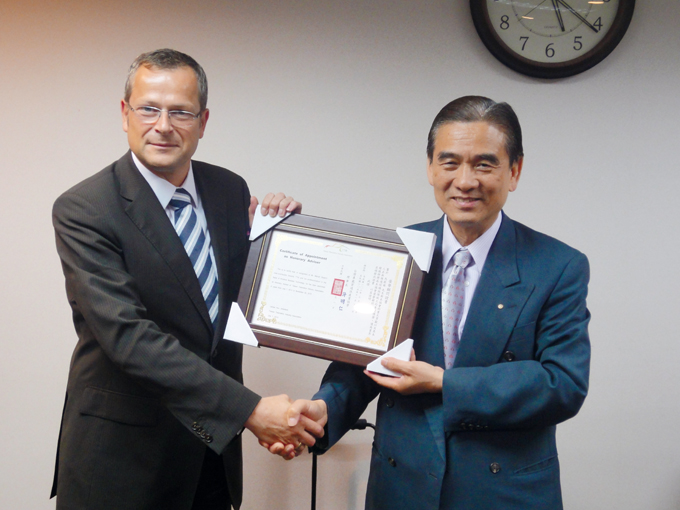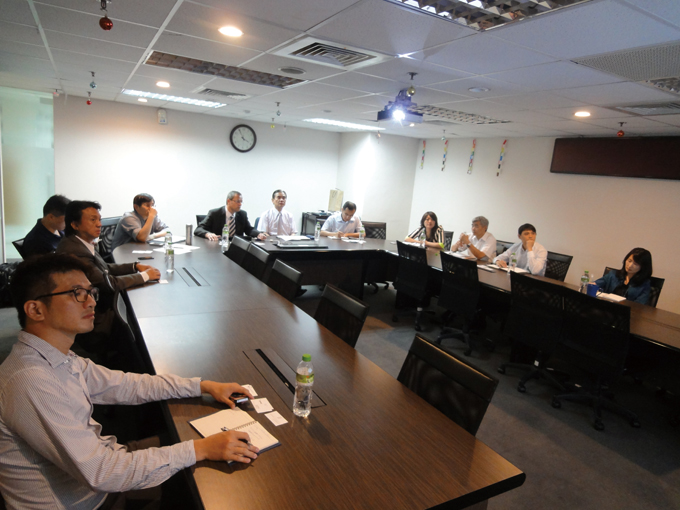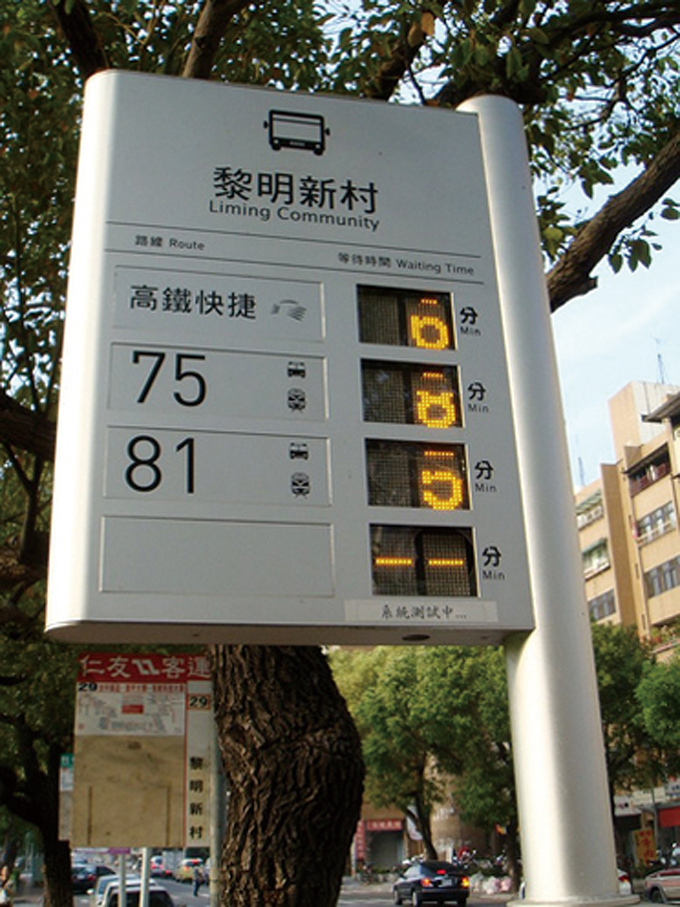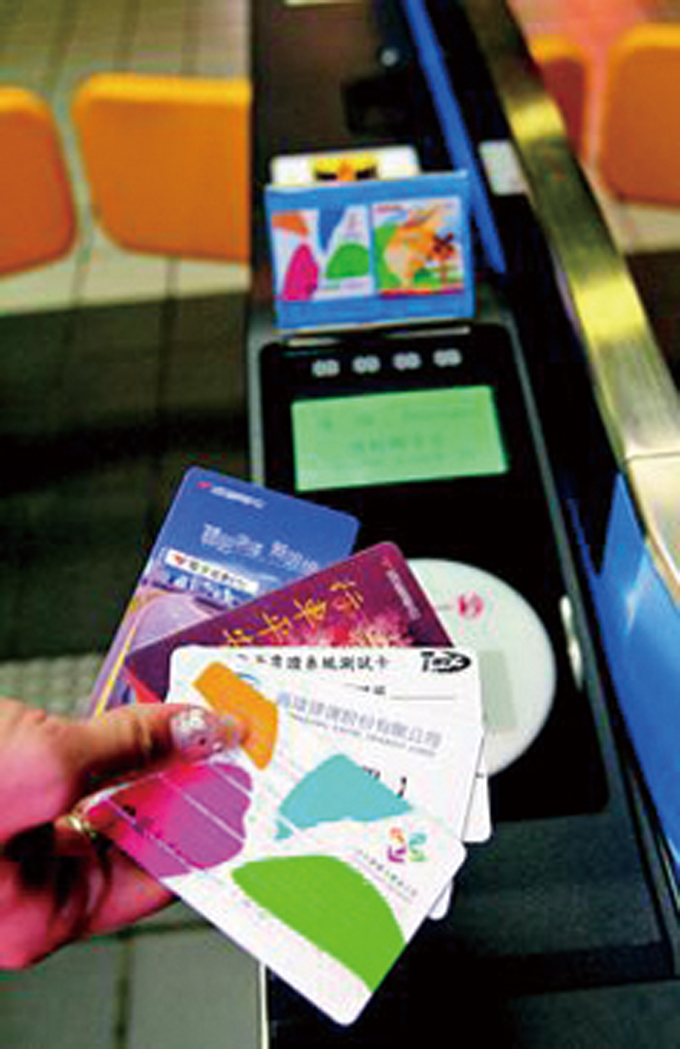TTIA Continues To Drive Change in Taiwan's Auto Industry
Local players may soon begin exporting telematics turnkey projects
2013/10/04 | By Quincy Liang
The founding secretary general of TTIA, Paul Chou, is very active with clear goals, and has in the past three years helped the alliance post significant achievements. Taiwan possesses global competitiveness in many telematics-solution fields, and may soon begin exporting telematics turnkey projects with field-proven advanced hardware, versatile software, and successful business models.

The origin of the term "telematics", according to Chou, combines "tele" and "matics" or "to transmit via information and communication technology (ICT) to remote ends".
Generally virtually all communications today are more or less related to telematics, with signals and data transmitted through cities, homes, hospitals and surveillance applications. Planes, boats, cars or people all rely on telematics. In a narrower sense, Chou says, “telematics is something we call the "4C" or 3C (computer, communication, and consumer electronics) plus car, but to picture the extent of telematics involvement in daily life stretches the imagination.”
The development of Taiwan's telematics industry started relatively slower than that in industrially advanced nations, with the U.S. automakers General Motors and Ford having launched commercialized telematics systems. So Taiwan has to find its own way to effectively and efficiently develop telematics. Only five or six years ago did the Board of Science and Technology under the Taiwan Cabinet begin to research the proper direction for development the telematics industry in Taiwan, because of the general consensus of a very solid ICT industry on the island. Hence telematics, part of automotive electronics, became a strategic industry slated for special development on the island, among green energy, IC chip, digital convergence, LED, Photovoltaics (PV), biotechnology and pharmaceuticals, says Chou.
To further narrow the scope of telematics, Chou says, the term covers five aspects highly related to daily life, including SAFETY (as active safety systems on cars like lane departure warning system (LDWS), Blind Spot Information System (BLIS), Adaptive Cruise Control (ACC) among others); CONVENIENCE (as electronic tolling collection (ETC) systems, and many other technological applications to make life even more convenient); ENTERTAINMENT; SERVICE (as Point of Interest or POI etc.), and RESCUE, all of which create many new applications and technologies.

One of the most successful achievements in the development of telematics in Taiwan, and also an achievement by TTIA, according to Chou, is the integration of various interfaces, i.e. the interface compatibility, in the Smart Bus system. Through the interface integration, many different devices on a smart bus, such as digital video recorder (DVR), e-ticketing system, GPS and many others can mutually communicate easily.
Coordinated by TTIA, about 12,000 smart buses on the island have been installed with the Smart Bus System, which include the multi-card reader (for adapting to various e-ticketing systems in Taiwan), DVR, GPS, general packet radio service (GPRS) camera, various on-vehicle sensors etc. The Smart Bus system upgrades accuracy of bus arrival-times to less than a minute. TTIA has been coordinating meetings among public companies, telematics equipment makers, e-ticketing companies, and governmental bodies to jointly map out common standards or interface compatibility. “And our efforts have helped local development of telematics in Taiwan, including not only infrastructural construction, but also bringing more business opportunities to local players and greater convenience for the public,” says Chou.

The necessary development trend of telematics is: the Internet of Things (IOT) + radio frequency identification (RFID) sensing = Internet of Vehicle (IOV); and the IOV + cloud computing will be the essential development direction and also the focus for Taiwan, says Chou.
Generally, the IOV is a combination of Internet, IOT, telecom, automobile manufacturing, automotive after service, Intelligent Transportation Systems (ITS), auto insurance, traffic management, Location Based Service (LBS), and mobile Internet. The cross-industry IOV covers a very wide range of industrial and economic aspects leading to major changes in ITS, urban traffic control, transportation and logistics, public infrastructural construction, telecom operation, lifestyle, and manufacturing sector. Due to such wide-ranging impact of the IOV, the exigent goal is integration. The IOV involves inter-communications between vehicle-to-vehicle (V2V), vehicle-to-roadside (V2R), and V2X (vehicle-to-x), realizing mobile telecom and communication. The IOV can collect vehicle, road and environment information; let vehicles, pedestrians and public networks share data; and process, compute, share, and announce information on a common platform.
Opportunities for Taiwan
Taiwan has many advantages to rapidly move to tap the above-mentioned trend, including sufficient investment in cloud computing and application development, strong ICT industry, sound Internet-connection infrastructure etc., which offer potential opportunities to local telematics-related companies, says Chou.
Basically, Chou explains, Taiwan's optimal chances lie in two major fields: hardware supply and telematics service provision (TSPs). The former refers to the development and production of IOT, IOV, and cloud-computing related hardware, and Taiwanese companies are internationally reputed for strong capability in manufacturing, cost-control and rapid market response. Local TSPs can first develop and try business models in Taiwan, and then export turnkey projects, but keep cloud-computing in Taiwan.
Taiwan already showed many successful telematics business models, Chou says, such as the very mature call-a-taxi service, fleet management systems, smart logistics etc.
The telematics market will definitely continue to expand. Taiwanese companies have to be united to gain global competitiveness. After vigorous effort, TTIA has helped local players map out 10 turnkey systems expected to be internationally competitive, including Smart Bus System (including on-board unit, smart bus stop, DVR, system integration, and solution / know-how); Instant Traffic (i384, Taipei 5284, traffic e-network etc.); ETC (e-tag system, 5.9GHZ microwave dedicated short range communications (DSRC) system); Other Commercial Vehicle Management System; Satellite Navigation Service; Satellite Despatching System (Taxis and commercial vehicles); Traffic Transfer Station (civil engineering and solutions); Tracking Systems (personnel and vehicles); Traffic Control Center System; and Advanced Transport System / e-Ticketing Integration, says Chou.




